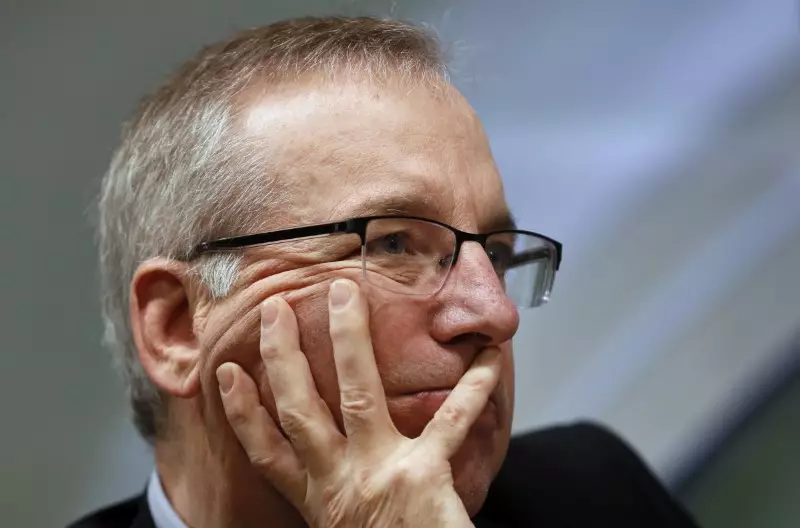In a surprising turn of events, former New York Federal Reserve President Bill Dudley has advocated for rate cuts by the Fed in the upcoming week, marking a stark departure from his previous stance supporting a “higher-for-longer” rate regime. Dudley cited changing economic conditions as the primary reason behind his shift in perspective, emphasizing the need for immediate action to prevent a potential recession.
Dudley highlighted the evolving landscape of the U.S. economy, noting that previous signs of robust growth have given way to a more cautious outlook. The former Fed official pointed to the visible impact of rising interest rates on lower-income households, particularly in terms of credit card debt and auto loans, amidst a cooling labor market. He expressed worries about the upward trend in the three-month average unemployment rate, which could potentially trigger a recession if left unchecked.
Another area of concern highlighted by Dudley is inflation, with the core deflator for personal consumption expenditures hovering around the Fed’s 2% target. While inflation has not exceeded this threshold significantly, Dudley cautioned against premature rate cuts that could reignite inflationary pressures in the future. He also mentioned the Sahm Rule, a recession predictor based on unemployment rates, as a factor that the Fed should consider in its decision-making process.
Policy Implications
Despite his call for immediate rate cuts, Dudley acknowledged the Fed’s reluctance to act hastily and potentially create new challenges in the form of inflation resurgence. As the central bank prepares for its upcoming policy meeting, the debate over the appropriate course of action remains unresolved. The Sahm Rule, while not currently a dominant factor in Fed discussions, could gain prominence if economic conditions deteriorate further.
Bill Dudley’s reversal on interest rates underscores the evolving nature of economic conditions and the need for adaptive monetary policies. The Fed faces a delicate balancing act between stimulating growth and averting a recession, with inflationary pressures and labor market trends shaping the decision-making process. As policymakers gather for their upcoming meeting, the stakes are high, and the path forward remains uncertain.

